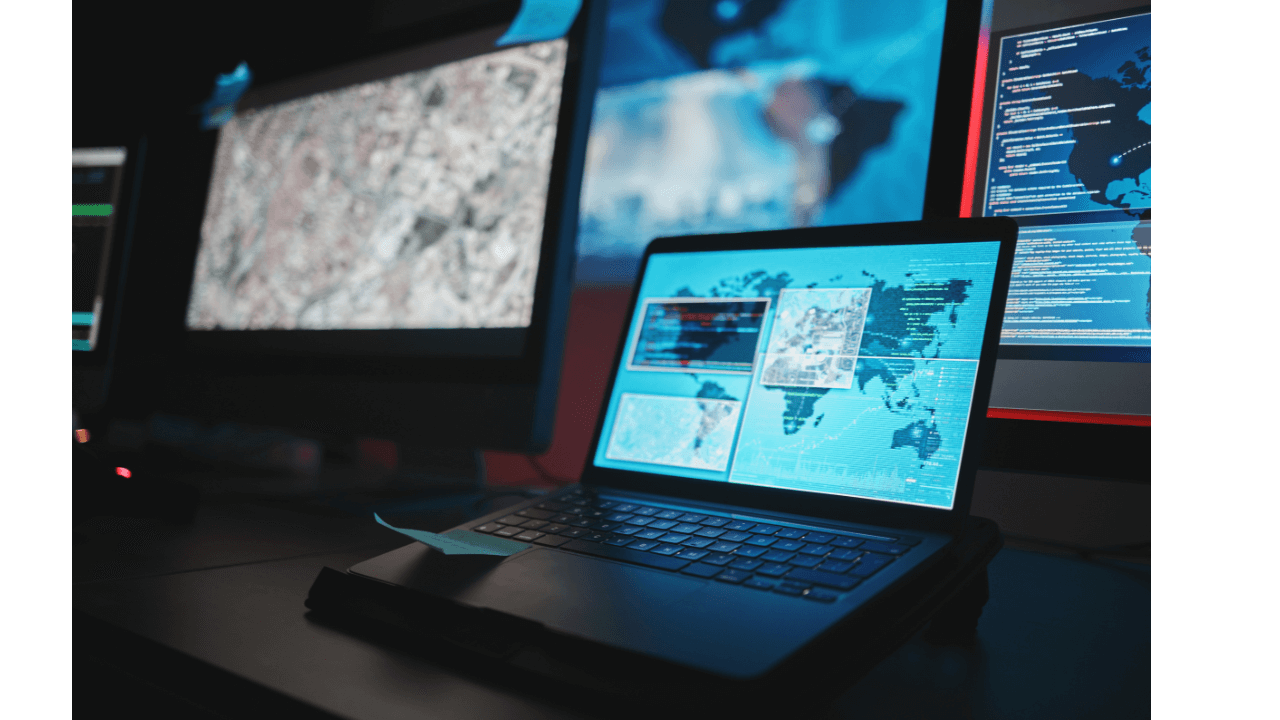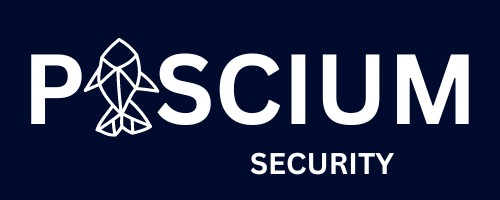Cybersecurity is the practice of protecting systems, networks, applications and data from cyber threats. Organizations implement cybersecurity to safeguard their sensitive data from unauthorized access, attacks and operational failures. This approach involves people, processes and technology working together to create multiple layers of defense. Organizations implement cybersecurity to improve digital defense between people, processes and technologies. The three fundamental pillars of cybersecurity are:
- Confidentiality: a feature that helps keep sensitive or private data secure and ensures that only authorized users can gain access to that information.
- Integrity: Helps ensure with some level of certainty that the information has not been altered by an unauthorized actor. This can be the action of inserting, modifying or deleting data.
- Authentication: Ensures that you can have access or availability of systems or information when needed. It is a critical feature because most businesses must remain operational 24/7.

Why is cybersecurity important?
Cybersecurity is critical because cyberattacks can cause financial losses, damage a company’s reputation and compromise data privacy. Organizations use strategies to reduce the impact of cyberattacks, such as disaster recovery and compliance with international regulations, for example, GDPR in Europe.
What is a cybersecurity threat?
A cybersecurity threat is any attempt to compromise the integrity, confidentiality or availability of a system. Some common threats include malware (malicious software), ransomware (data hijacking), phishing (deception via fraudulent emails) and distributed denial of service (DDoS) attacks.
What are the elements or types of cybersecurity?
The main types of cybersecurity include infrastructure security, which protects critical systems such as energy and transportation. Network security focuses on securing equipment and devices connected to networks. Cloud security safeguards data stored and processed in cloud environments. IoT security manages the protection of connected devices such as sensors, cameras, and other smart technologies.
In addition to these, there are many other important areas of cybersecurity, including mobile security, AI security, application security, and information security.
What are common cybersecurity challenges?
Some common challenges in cybersecurity include the constant evolution of threats, as cybercriminals continuously refine their methods, forcing organizations to always keep up to date. Another major challenge is human error; employees can become the weakest link if they do not receive adequate security training. In addition, the increased use of the cloud and remote working has widened the attack surface, as the reliance on IT systems and remote access introduces new risks that need to be carefully managed.
Cybersecurity myths
One common myth is that strong passwords are enough. While strong passwords are important, they do not provide protection against social engineering attacks or malware infections. Another misconception is the belief that certain industries are safe. In reality, all industries are vulnerable to cyberattacks, from large government institutions to small businesses.
There is also a widespread myth that cybercriminals don’t target small companies. However, the Hiscox Cyber Readiness Report has shown that most small businesses have experienced some form of cyberattack—the real issue is that many of them are unaware it has even happened.
Key cybersecurity technologies and best practices
- – Security awareness training: Educating employees about threats and best practices is essential.
- – Identity and access management (IAM): Implement multifactor authentication and least privilege-based access controls.
- – Disaster recovery: Have contingency plans in place to minimize the impact of an attack.
At Piscium we focus on protecting and reinforcing the security controls of your applications. We know what the risks and impact of a security attack can be. It is not only important to focus on the virtual ones, cybersecurity awareness and culture is of utmost importance to protect not only your organization, but also the personal lives of your employees.




